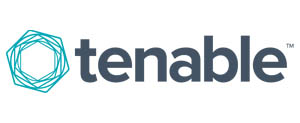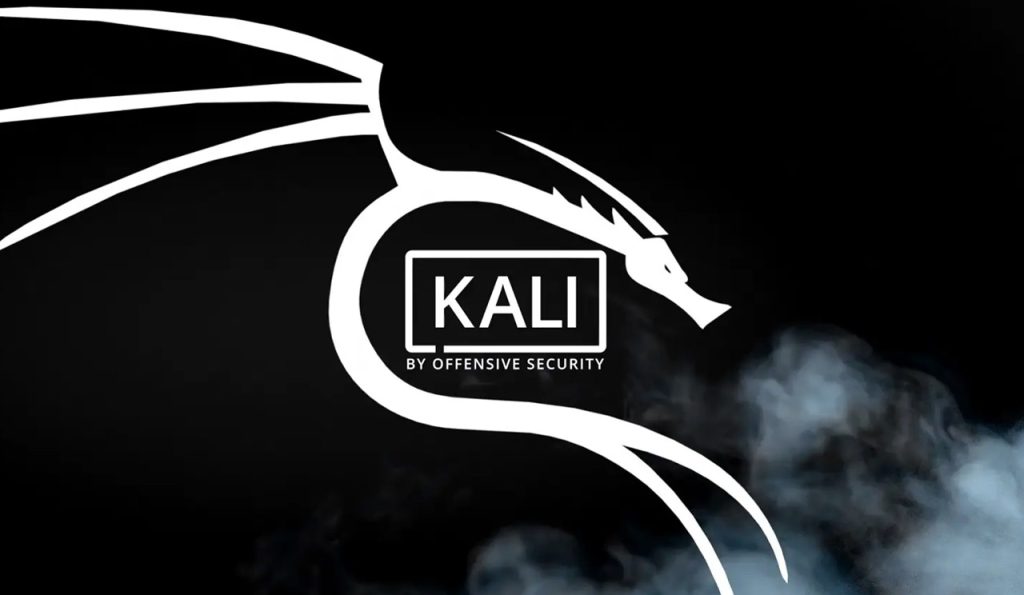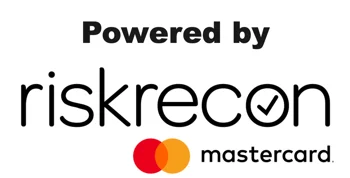Moving From ‘Inside-Out’ To ‘Outside-In’ Cybersecurity Strategies
‘Inside-out’ security – relying on internal defenses, controls, policies, patching, and monitoring to protect against external threats – has long been the baseline for enterprise cybersecurity. Yet, this strategy is being rendered increasingly redundant in today’s modern attack landscape, where Indian enterprises are facing:
- More Attacks: In 2024, India saw roughly 370 million malware attacks across 8.44 million endpoints – that’s a staggering figure that equates to about 702 detections per minute.
- Greater Complexity: According to a recent Barracuda survey, 95% of IT leaders say cyberattacks are becoming more sophisticated than ever, with 51% of respondents identifying AI-powered attacks as a top threat vector.
- Less Visibility: A recent survey by CRN of large Indian organizations found that 84% of CISOs report lacking full visibility into their cyber exposures – meaning many attack paths simply aren’t visible to defenders.
- More Dwell Time: In India, incidents that spanned multiple environments took the longest to identify and contain (327 days), and organizations with breach lifecycles over 200 days incurred noticeably higher costs than those that remediated faster
- Higher Financial Fallout: In 2024, the average cost of a data breach hit ₹195 million, with lost business and compliance costs driving the increase. Faster detection and containment materially reduce those costs.
This combination of factors is exactly what breaks an inside-out security model: if you can’t see an exposure, if attackers can leverage advanced tools like AI, and if detection is slow, then these controls and point tools will miss the chains and pathways today’s cyberattacker targets to find a way in.
That’s why enterprises are turning to ‘outside-in’ approaches that intentionally view your environment from an attacker’s perspective. The goal is simple – find the gaps an external adversary would see, before they actually do.
Why Red Teaming Is The Best ‘Outside-In’ Option
Once enterprises realize that ‘outside-in’ security is best suited to keep pace with modern threats, the next question becomes: what is the best outside-in option out there?
Among all adversarial simulation models – vulnerability assessments, penetration testing, purple teaming, red teaming stands apart as the most comprehensive, intelligence-driven approach. Red teaming is a goal-oriented simulation of real-world attack campaigns, designed to test how well your people, processes, and technology detect and respond under pressure. Unlike other simulation tactics, red teaming operates with stealth and persistence, mirroring genuine threat actors’ tactics and techniques to get your organization ready for today’s evolving attack landscape.
Here’s how red teaming stands out among adversarial simulation solutions:
Parameters | Penetration Testing | Purple Teaming | Red Teaming |
Primary Objective | Uncover vulnerabilities in a defined scope | Collaborative detection & response improvement | Simulating relevant live attack campaigns across enterprise stack |
Realism & Stealth Level | Low | Moderate | High (multi-vector, high-stealth persistence) |
Scope Of Testing | Specific systems or apps | Systems + SOC Processes | End-to-end across people, processes & technology |
Level Of Detection & Response Testing | Only Partial | Sufficient due to joint testing processes | Deep & Rooted in Reality |
Level Of Business Insight Generated | Medium – serves to validate control effectiveness | High – provides learnings to your defenders | Very High – quantifies breach impact & readiness ROI |
Cost vs. Value Outcome | Low Cost + Low Insight | Moderate Cost + Good Level Of Learnings | Higher Cost + Highest Strategic Value |
Typical Use Cases | Validation before go-live | SOC maturity building | Enterprise-wide resilience testing & executive reporting |
In essence, red teaming delivers intelligence on not just the state of your controls, but the effectiveness of your organization under attack – giving your organization high levels of ROI in ways we’ll explore later in the blog.
iValue’s Red Teaming Stack: The Industry-Leading Outside-In Solution
Enterprises today face dynamic, adaptive adversaries who move faster than traditional defenses. iValue’s Red Teaming Stack is built for this new reality – a unified adversarial simulation framework that blends visibility, offense and intelligence into one cohesive solution.
Unlike fragmented testing tools, this stack continuously thinks and acts like an attacker – revealing exposures, validating defenses and helping security teams stay ahead of evolving threats. What makes it industry-leading is the strategic fusion of three world-class capabilities, each powered by a best-in-class OEM partner:
External Attack Surface Discovery – Powered By Tenable:
Tenable provides complete visibility into your external footprint – every Internet-facing asset, cloud instance or exposed service an attacker could find.
Key Strengths:
- Full-spectrum external asset discovery & inventory
- Contextual risk prioritization of exposed assets
- Continuous monitoring of changing attack surfaces
Best-In-Class Offensive Tooling: Brought By Kali
Kali equips iValue’s red teams with the most trusted offensive toolkit in cybersecurity. It simulates real-world attack behaviour – from initial access to lateral movement – to test how well your people, processes and technologies respond under pressure.
Key Strengths:
- Full offensive suite for emulating adversary TTPs
- Realistic, goal-driven simulation of attacks across multiple vectors
- Continuous testing of defensive controls and detection rules
Continuous Third-Party Posture Intelligence, Enabled By RiskRecon
RiskRecon extends visibility beyond your walls by continuously evaluating the security posture of your vendors and partners – securing your supply-chain ecosystem in the process.
Key Strengths:
- Continuous, automated evaluation of third-party and supplier security
- Actionable intelligence on ecosystem-wide vulnerabilities
- Integrated context for red team simulations involving partner or vendor vectors
A Stack That Finds Every Last Vulnerability Across Your Ecosystem
iValue’s Red Teaming Stack has all the shared capabilities needed to tackle the most pressing vulnerabilities and exposures seen in today’s modern attack surface:
Vulnerability Type | How Our Stack Discovers & Remediates Them | What Gets Fixed | Positive Business Impact |
Shadow IT & Orphaned Assets |
| Unknown assets are identified, risk-scored and decommissioned or onboarded into patch management and monitoring systems. | Reduces unexpected attack surface + lowers audit & compliance risk |
Misconfigured Cloud Storage (Public Buckets, Blobs) |
| Misconfigurations are made private or access-scoped, and policies are updated to prevent recurrence. | Prevents data leakage + protects customer data + reduces regulatory & reputational risk |
Exposed & Insecure APIs |
| Vulnerable endpoints are patched, authentication is tightened and API gateway rules are enforced. | Protects revenue-facing services + reduces attack vectors for automated abuse/fraud |
Leaked Credentials & Weak Authentication |
| Compromised credentials are rotated, strong MFA is enforced and risky accounts are remediated. | Drastically lowers probability of account takeover + reduces downstream lateral access risk |
Unpatched Known Vulnerabilities (Public CVEs) |
| High-risk CVEs are patched in prioritized order, with compensating controls applied if needed. | Reduces likelihood of automated mass-exploit compromise + supports compliance with SLAs |
Third-Party & Supply-Chain Exposures |
| Weak vendor hygiene is remediated or segmented, with risky suppliers elevated into remediation programs. | Protects against vendor-origin breaches + reduces supply-chain attack surface |
Lateral Movement & Privilege Chain Gaps |
| Overly-permissive accounts and network segmentation gaps are closed, with detection rules added. | Minimizes blast radius of breaches + stabilizes incident response |
Stronger Security, Tangible ROI with iValue’s Red Teaming Stack
Every enterprise faces the same decision when allocating security budgets: which programs truly deliver measurable value? That’s where iValue’s Red Teaming Stack stands apart among other adversarial simulation programs.
Red Teaming functions as an ongoing evaluation framework, measuring how effectively your defenses perform under real-world pressure. It strengthens your organization’s security posture and delivers measurable ROI by helping you drastically improve these KPIs:
- Reduced Attacker Dwell Time: According to the Mandiant M-Trends 2024 report, continuous red team exercises have helped mature organizations cut attack dwell times by 30-40% compared to peers relying on traditional testing.
- Reduced Breach Identification Time: As per a 2024 market report by PW Consulting, organizations with continuous red team attack surface monitoring reduced their median breach identification time from around 287 days to 14 days.
- Reduction in Critical Vulnerabilities: Continuous red teaming initiatives can reduce exploitable, high-risk vulnerabilities by 30-40% year-over-year, leading to a drastically smaller attack surface
- Reduced Average Cost Per Breach: All these efforts from red teaming lead to shortened detection/containment cycles. According to the 2024 IBM Cost Of A Data Breach Report, organizations that contain breaches within 200 days save an average of $1.39 million compared to those taking longer.
However, these benefits are only theoretical if you don’t set up the right red teaming processes – that’s where iValue’s Red Teaming Stack comes in. In a world where the digital landscape for enterprises is changing by the day.
Speak to a senior iValue Red Team member about improving your enterprise’s security posture today.



